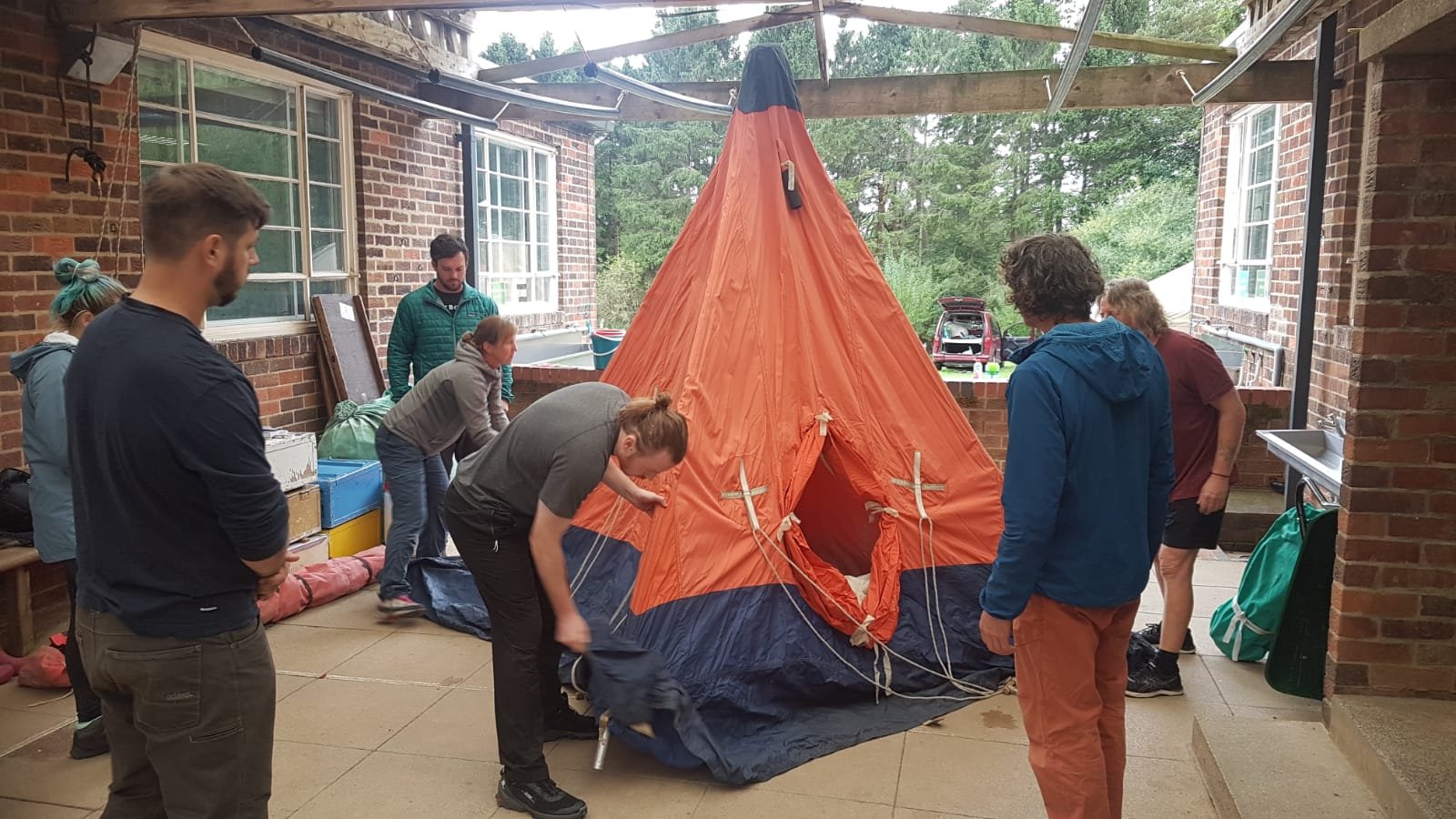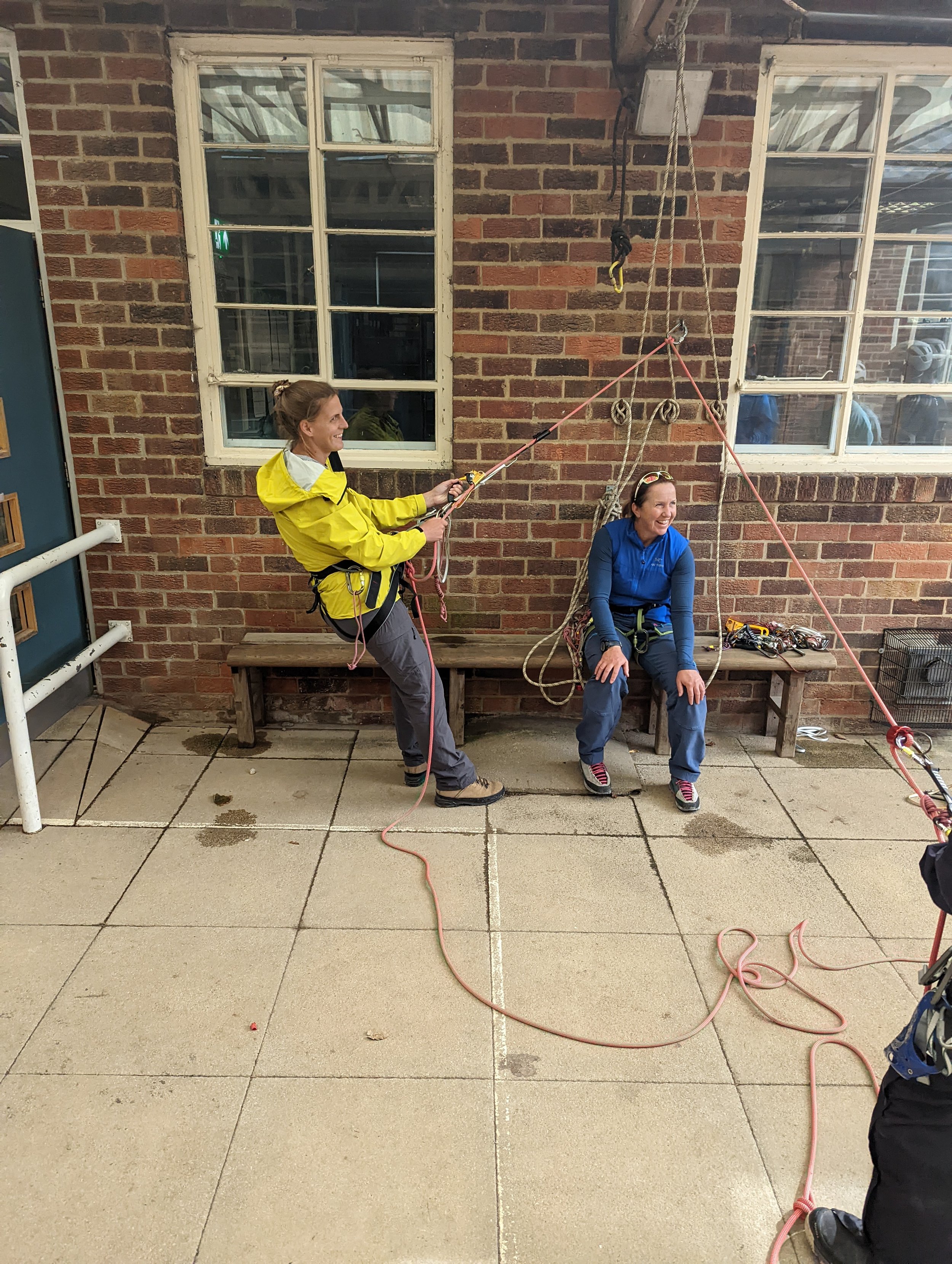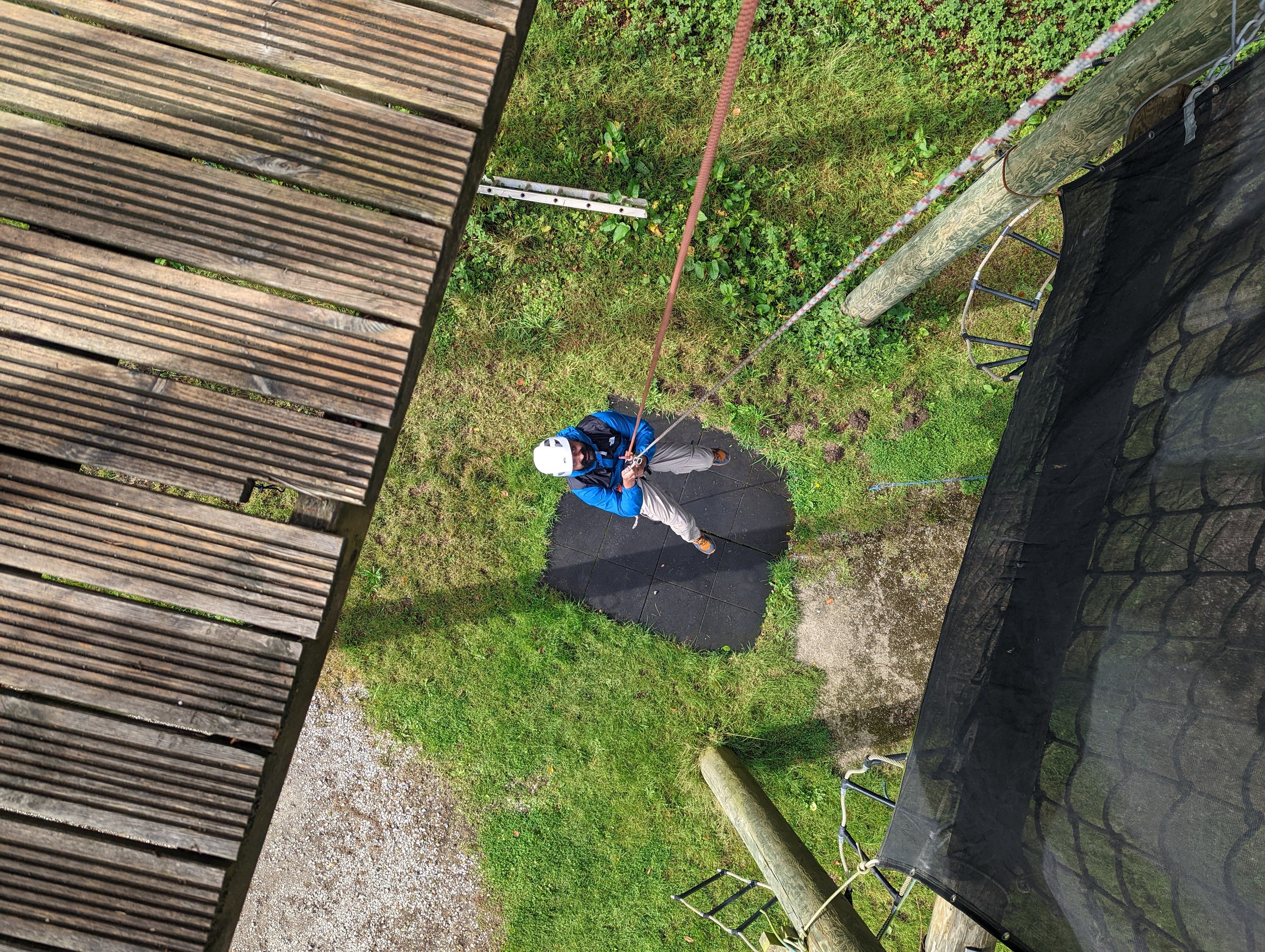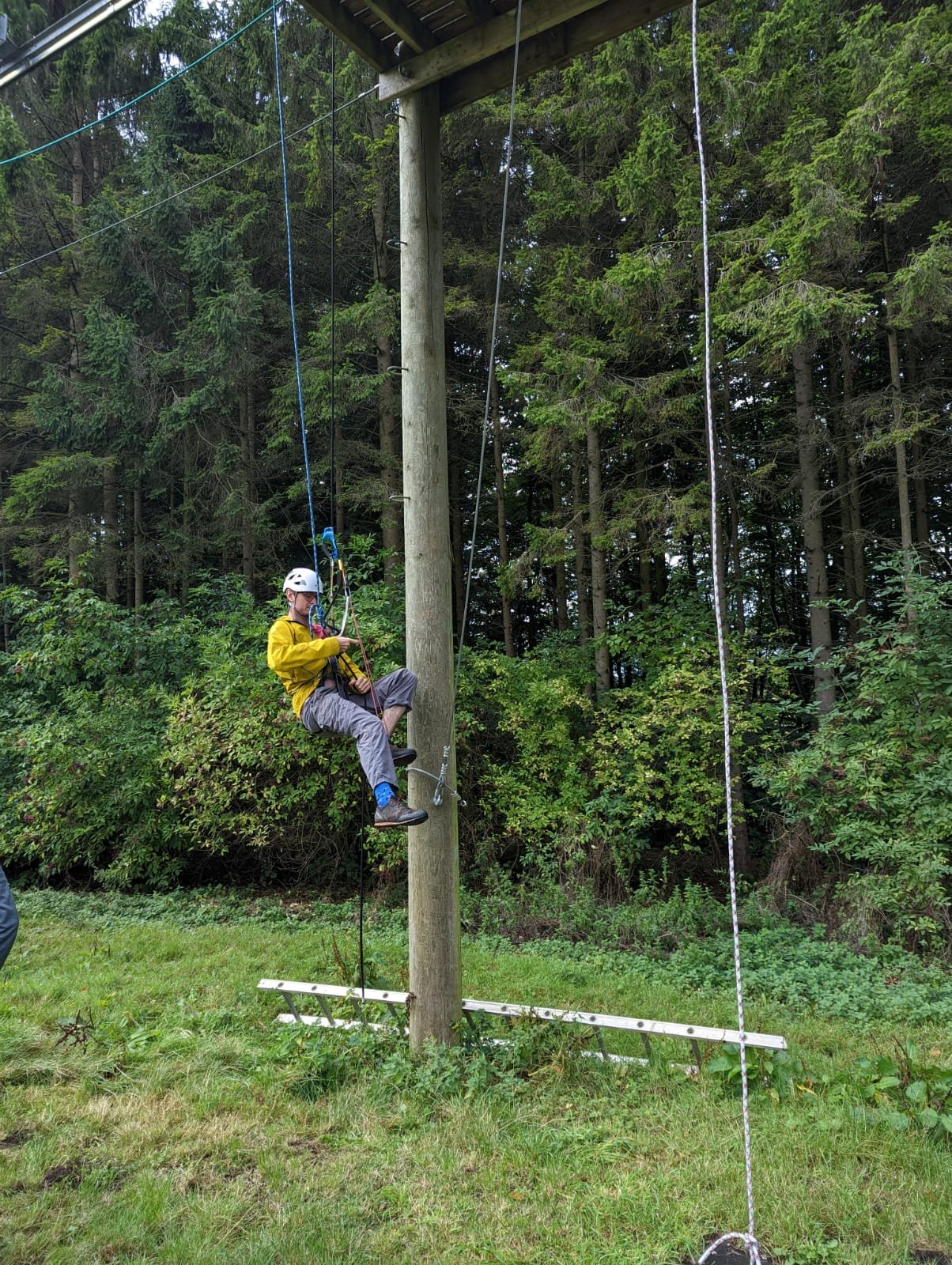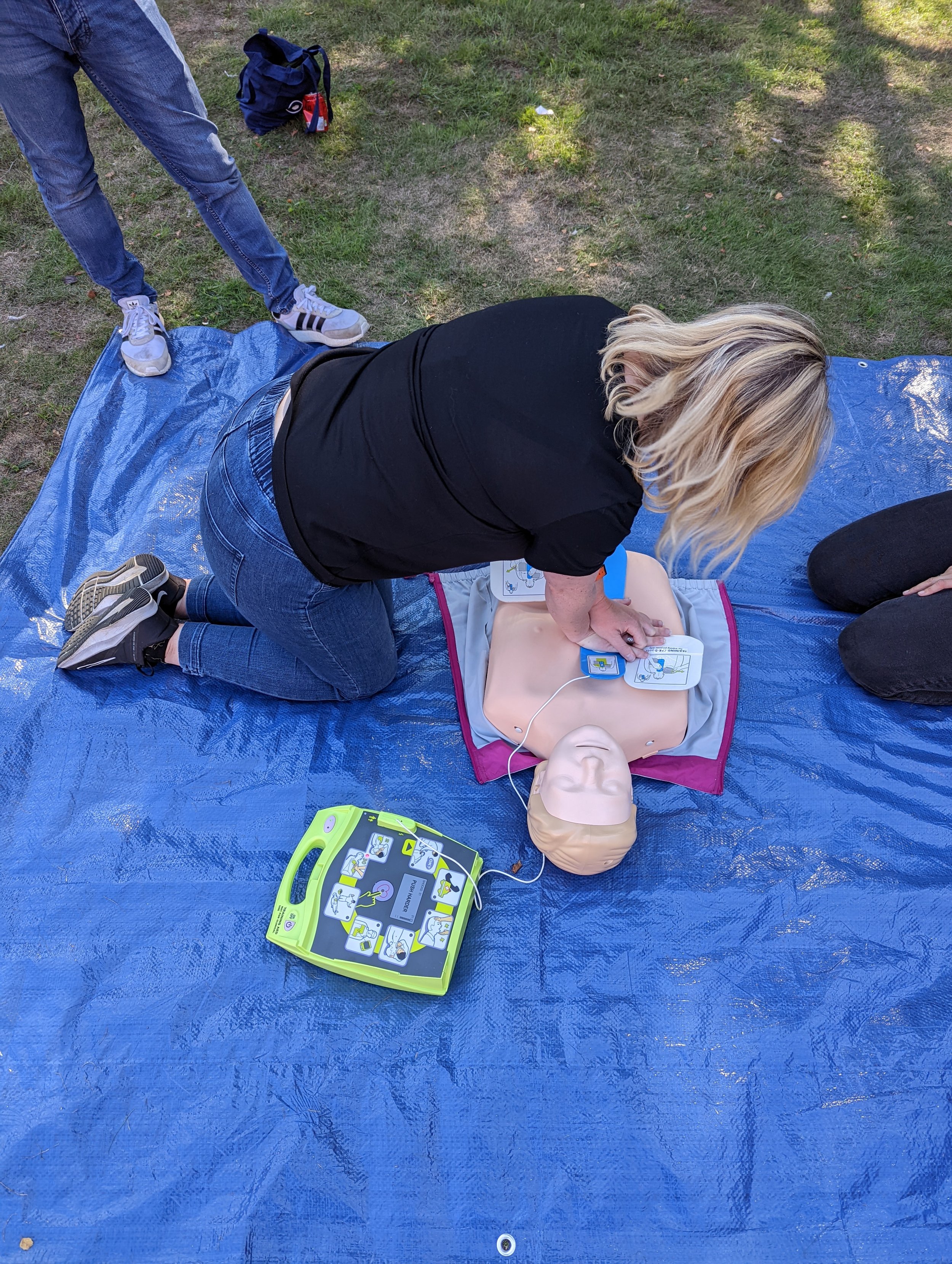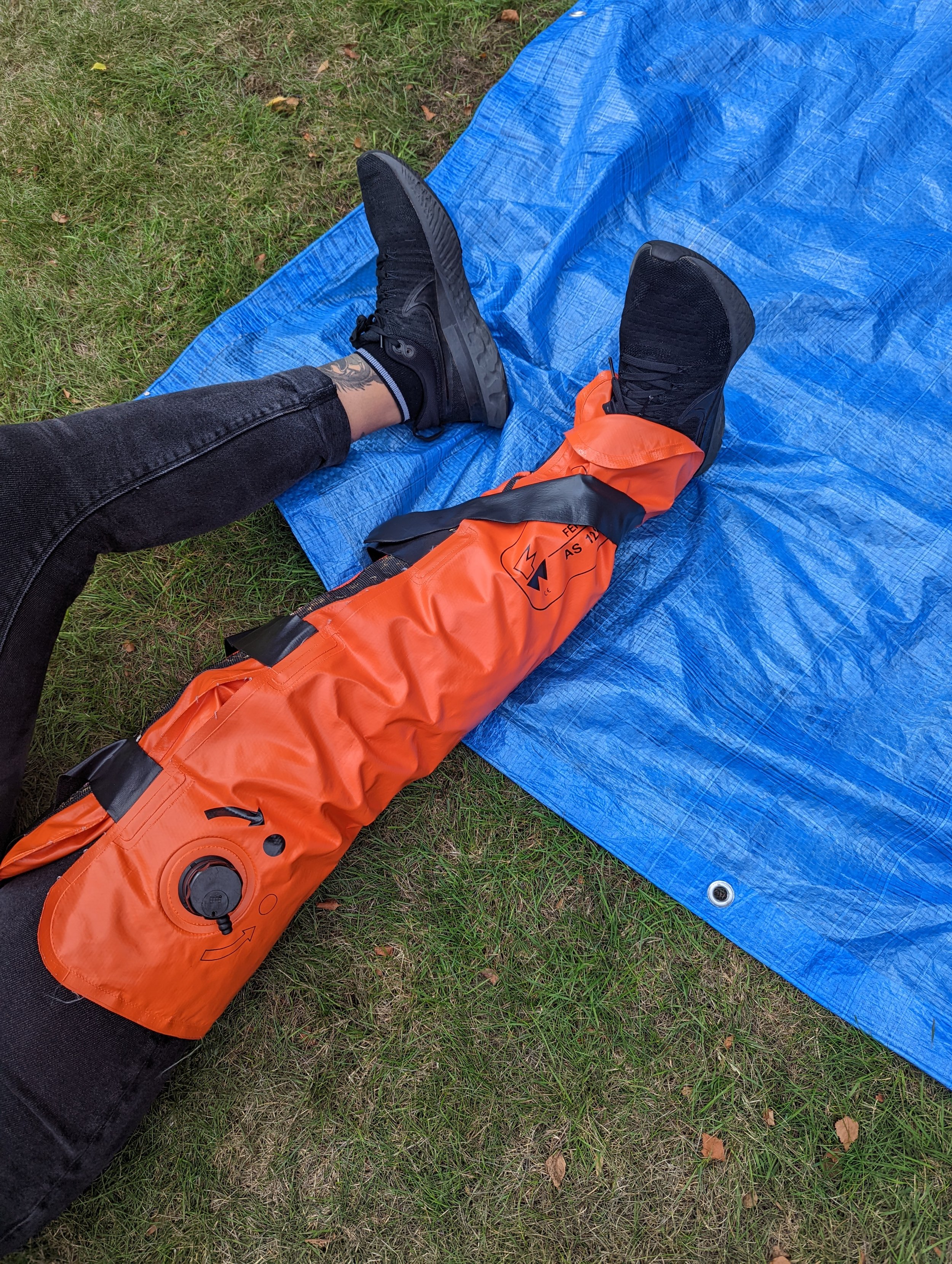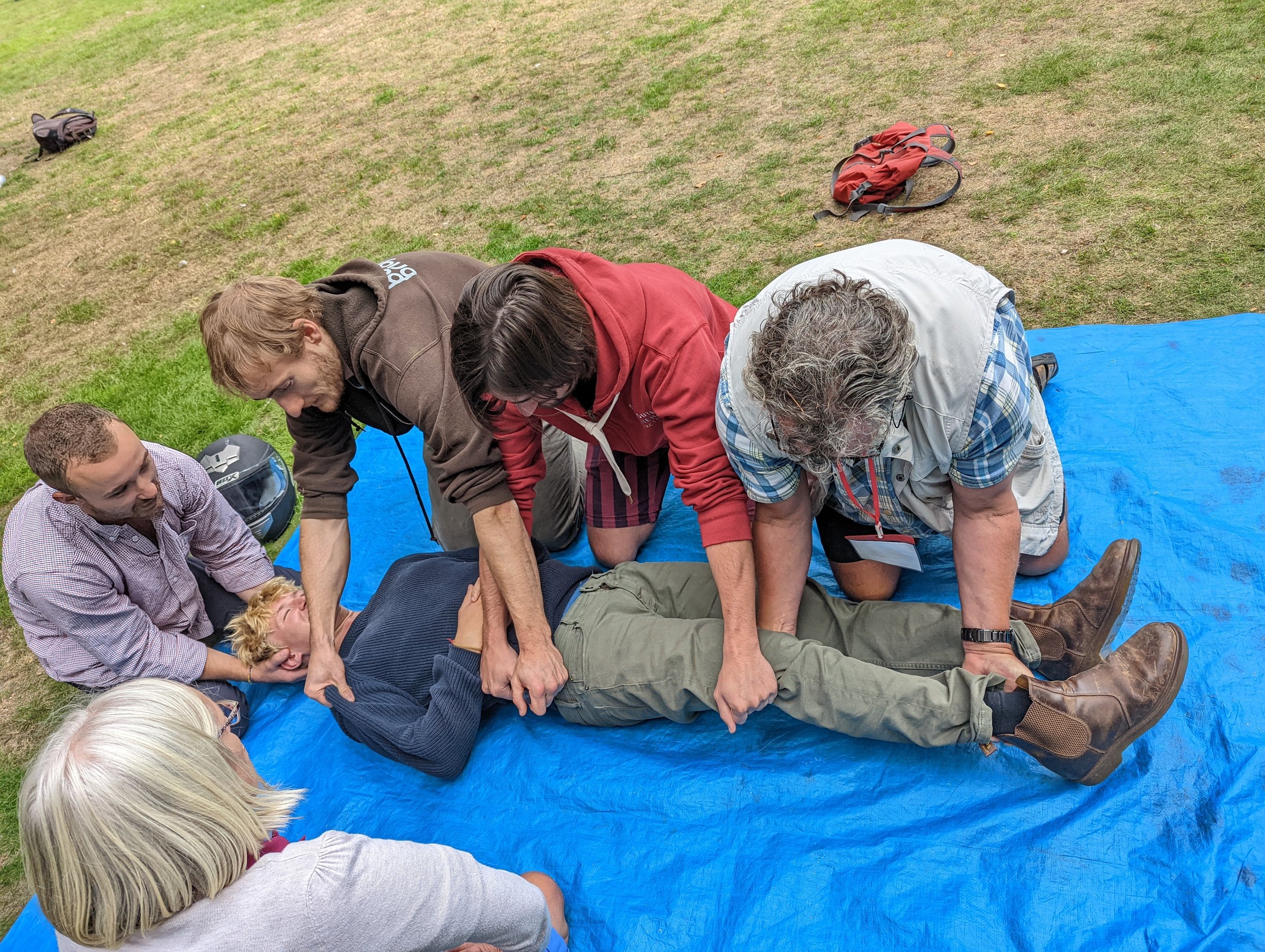Before you endure Antarctica in winter, you have to learn some stuff. Some of that stuff is what sort of chocolate they have, so you don’t need to bring that kind yourself. Some of the stuff is what to do if somebody sustains a life-changing injury. A mixed bag of vibes. Every year, those who plan to “Go South” that season get their heads together in Cambridge, the home of the British Antarctic Survey. The meeting runs over two weeks and is known as Pre-Deployment Training, or PDT.
Most people who go South do it in the summer, when conditions are most hospitable and the risks are lowest. Their PDT is based entirely in Cambridge. Those who plan to spend the winter in Antarctica spend a few days in Cambridge before heading to the Peak District for camping, team building and specialist instruction from the BAS field guides. At the end of this, the winterers return to Cambridge for a three-day, Antarctica-specific first aid course.
Location of Rothera station in West Antarctica, where Vishnu and I will spend eight months of 2023.
Vishnu Nandan and I will be working with a radar instrument in Antarctica from March - November 2023, as part of large UK project named DEFIANT. I’ll write a dedicated blog post about our field plans soon, but the essential background here is that we’ll be working for the University of Manitoba, but will be hosted by BAS at its base in Rothera in West Antarctica. What follows is my personal view of one part of a large team effort.
The Start
I picked Vishnu up from the airport and we drove straight to Girton College, Cambridge where our base would be for the next two weeks. After unpacking in our single, 80’s style college rooms (a bit nostalgic for me!), we showed up to a huge dinner with all the PDT participants - perhaps 200. So began three days of new faces and names.
Several days of talks began the following day at BAS, a fifteen minute walk away from Girton. The talks and activities were broadly split into three categories: health and safety (manual handling, fire extinguisher training, risk assessments), workplace culture (equality, diversity and inclusion, managing interpersonal relationships on base, BAS corporate culture), and technical/informational items (about BAS, Rothera, operational and environmental protocols in Antarctica). We also managed to sort out a meeting with the BAS logistics team to discuss shipping, which was super useful.
Vishnu practising with a fire extinguisher
Vishnu and I also squeezed in our kitting appointments, where we were outfitted with all the warm clothing one could ever need for Antarctic winter. This was a very impressive experience in terms of the expertise of the staff, the thought that went into the clothing choices, and the quality of the equipment itself. Our kit is now travelling to Antarctica aboard the new UK polar ship the Sir David Attenborough, along with a big box and a big bag each full of our personal effects.
The Middle
After four days of talks the winterers piled into a bus and left for the Peak District. There we met our field guides, but also finally became fully acquainted with those who would be wintering with us. This is an important distinction - at its peak in summer there can be 150 people at Rothera, whereas between 20 and 30 will stay over winter when Vishnu and I will be there.
We got to know our wintering team with team building exercises, which included pitching the BAS traditional tents, learning to ascend and descend ropes in a crevasse rescue scenario, doing map-and-compass navigation exercises, and learning to light kerosene stoves and lamps. In the evenings we cooked for the team in small groups before heading to the pub.
At the end of our Winter Teams Training, we spent a day doing some scenario-based training for “Major Incidents”, which are defined as events which critically compromise the functioning of the base. These are typically multi-person search-and-rescue scenarios, large fires, and major medical incidents. This was super interesting, but also really brought home the seriousness of life in Antarctic winter.
Top left: pitching and exploring one of the famous BAS pyramid tents. Top right: Rosemary, the wintering doctor, practices ascending ropes. Bottom left: Vishnu abseiling Bottom right: me, struggling slightly to switch from descending mode to ascending mode.
The End
After our adventure in the Peak District we rejoined the PDT for three days of fairly gruesome first aid. This course is run by the British Antarctic Survey’s Medical Unit (BASMU), which is probably a blog post in itself. BASMU is made up of a wide variety of doctors, nurses and paramedics who have had specific training and experience in challenging environments like Antarctica. I’ve probably done six or seven first aid courses before, both basic and advanced, but this one was easily the most interesting.
The course was done in two parts: one was a series of around 20 “bases” that we rotated around over the three days. Typical topics were: anaphylaxis, squirting bleeds, stretching with spinal injuries, very strong painkillers, cavity wounds, splinting broken bones, and treating serious burns. Particular highlights of this for me were the both hilarious and horrifying painkillers on offer (fentanyl lozenges?!), treating prop limbs and organs that would squirt fake blood at you, and treating real doctors that would run around screaming.
The other part of the training was lecture-based, although “lecture” is an unfairly boring word for what happened. We sat in a theatre (with a stage), and were given talks on topics such as cold-injuries, sepsis, mental health in Antarctica, and those “major incidents” again. One highlight was what could only be described as a sketch-show, put on by BASMU staff to recap the previous material from the bases.
Top left: practising with a defibrilating machine. Top right: learning how to manually ventilate a casualty. Bottom left: a vacuum splint that goes rock solid around a would when its air is removed. Bottom right: trying to roll a casualty without twisting the neck or spine.
Post-Course and Pre-Campaign
Since the course the wintering team has had a pretty active whatsapp chat that’s helped us bond a bit more, and swap vital information. Even though Vishnu and I will head out in March, most of the team is already there. Their BAS contracts generally include the summer, the winter and the following summer. That creates a sustainable cycle where you can learn the ropes from your predecessor your first summer, and pass the baton to your successor the following summer. Dropping in for just the winter seems to be pretty uncommon, so there may well be a few corner-case administrative hurdles for us to jump yet.
Seeing so many amazing pictures of Rothera in the Whatsapp chat is inspiring, frustrating, and makes me extremely jealous. Before they headed South, some of our fellow winterers also undertook training for advanced roles. This included qualifying to work at heights, do more advanced and invasive first aid, fight fires, and assist in emergency recompression for divers.
Since PDT Vishnu and I have had the less glamorous tasks of handling challenges involving international shipping, although Vishnu has taken the lead on most of it as I’ve been focussing on finishing my PhD. Our shiny new laser-scanner, a self measuring snow probe, the radar sled, a snow-pit kit, an ice coring set and other miscellaneous instruments are now on their way to Antarctica aboard British polar ship. The University of Manitoba radar (“KuKa”), a snow-micropenetrometer (an “SMP”) and a snow microstructure reflectometer (an “InfraSnow”) will meet the ship in Punta Arenas via airfreight. All that’s left for me is to pass a suite of medical and dental checks and to start my new contract at the University of Manitoba in January. Oh… and to finalise the science plan!

